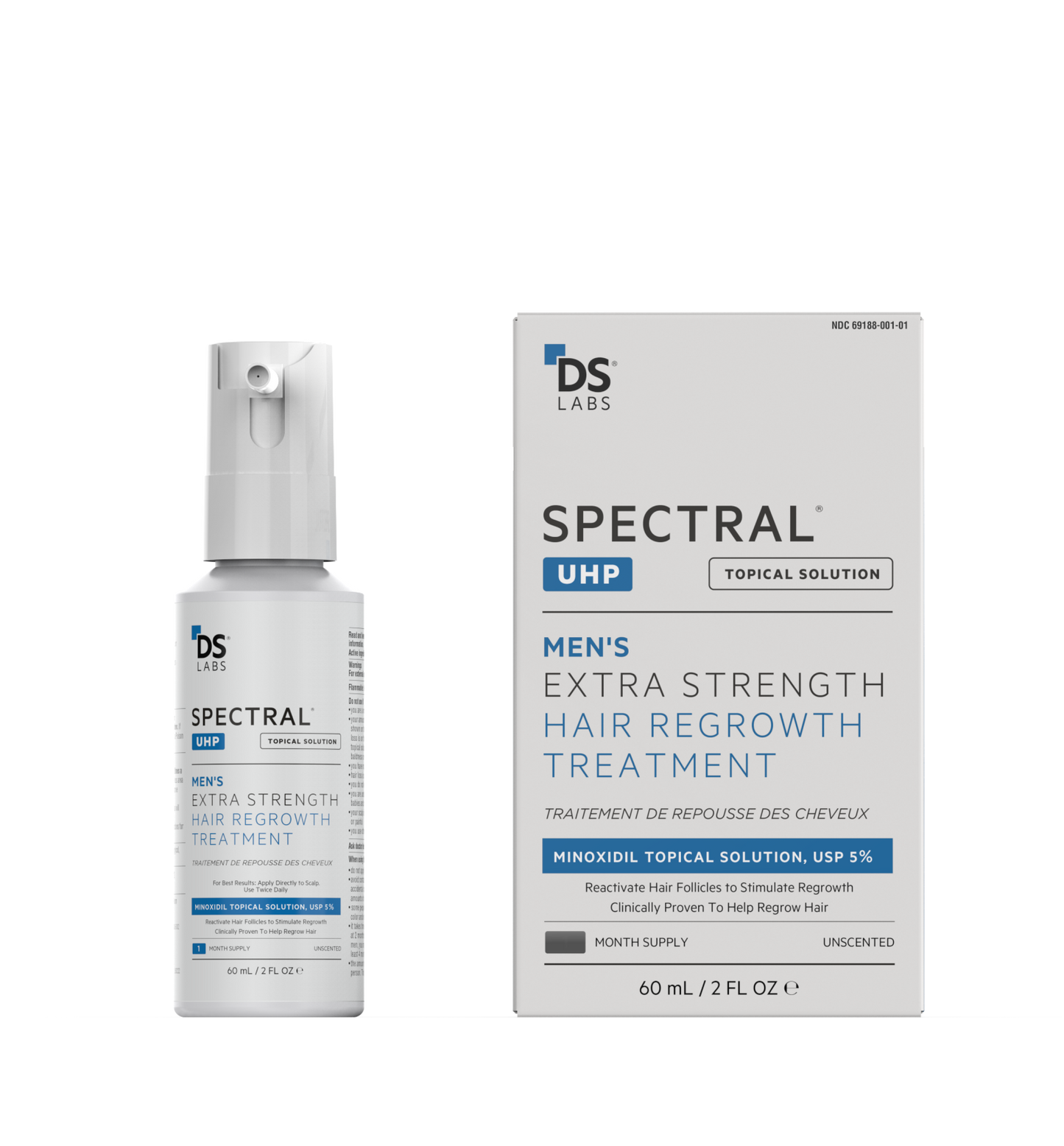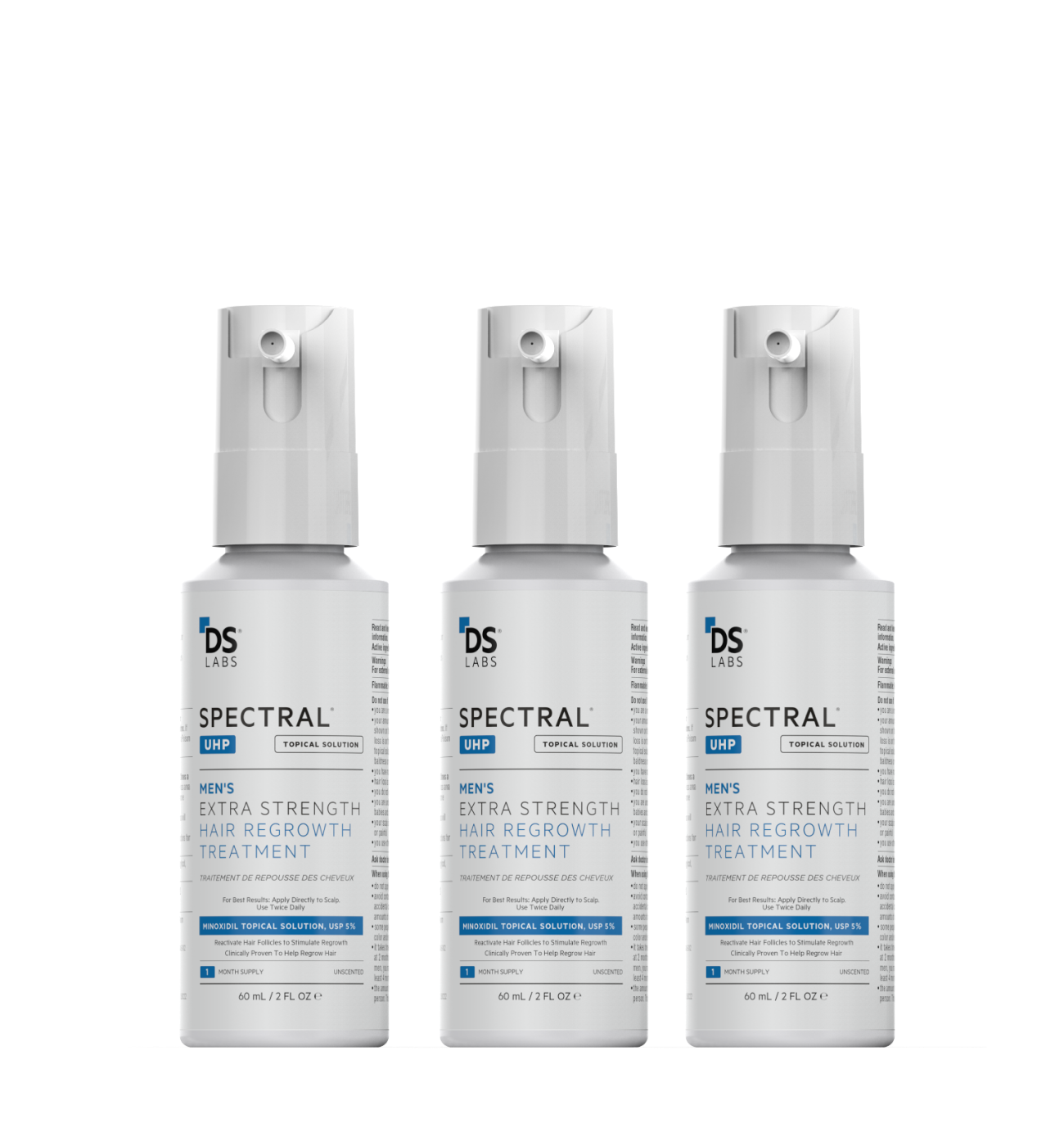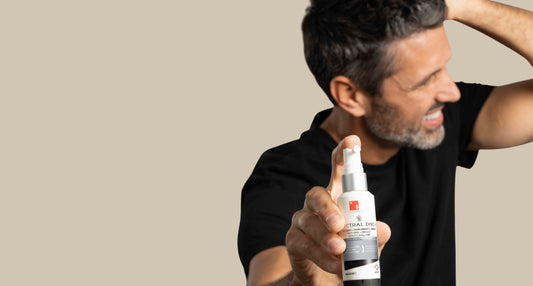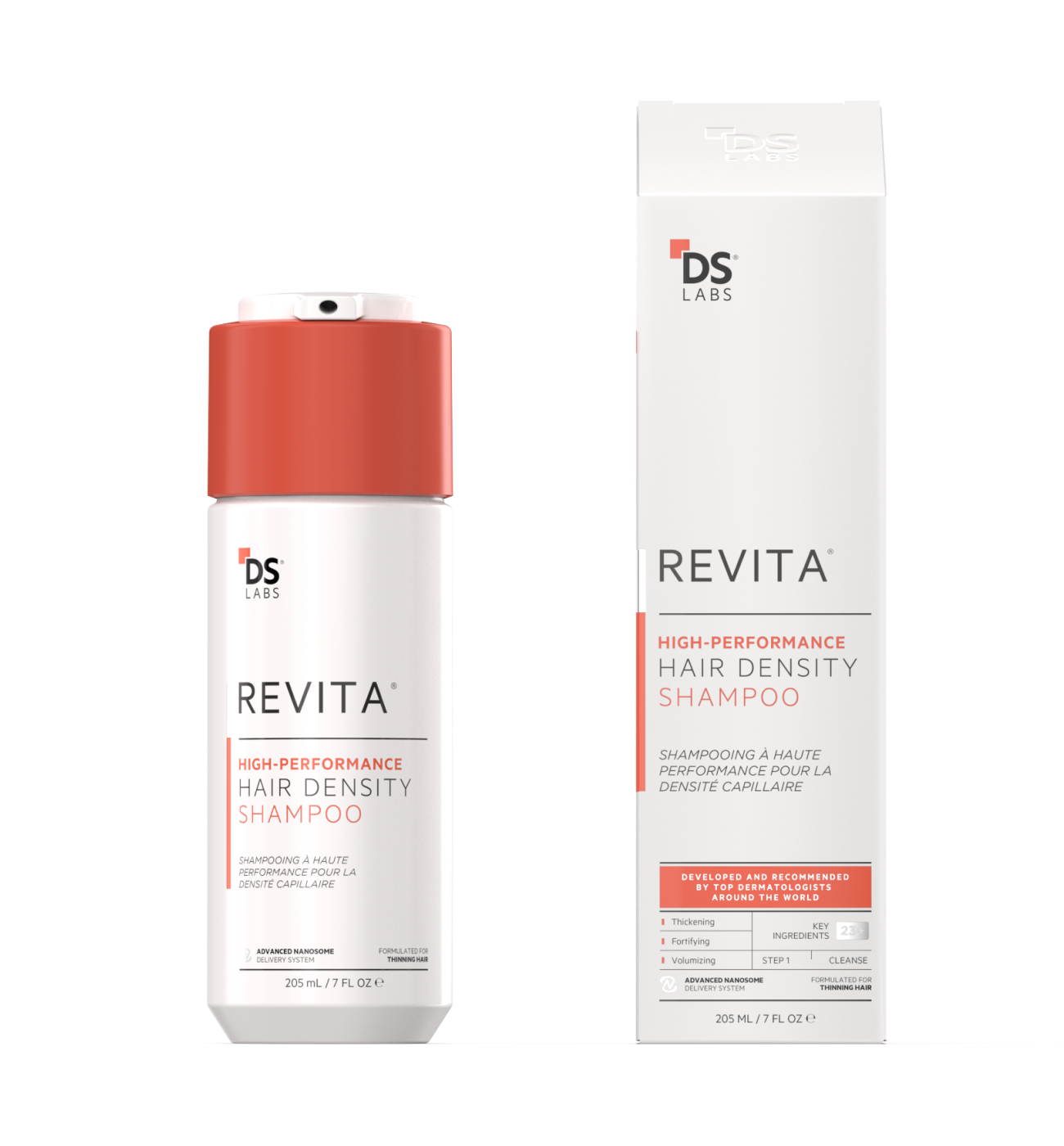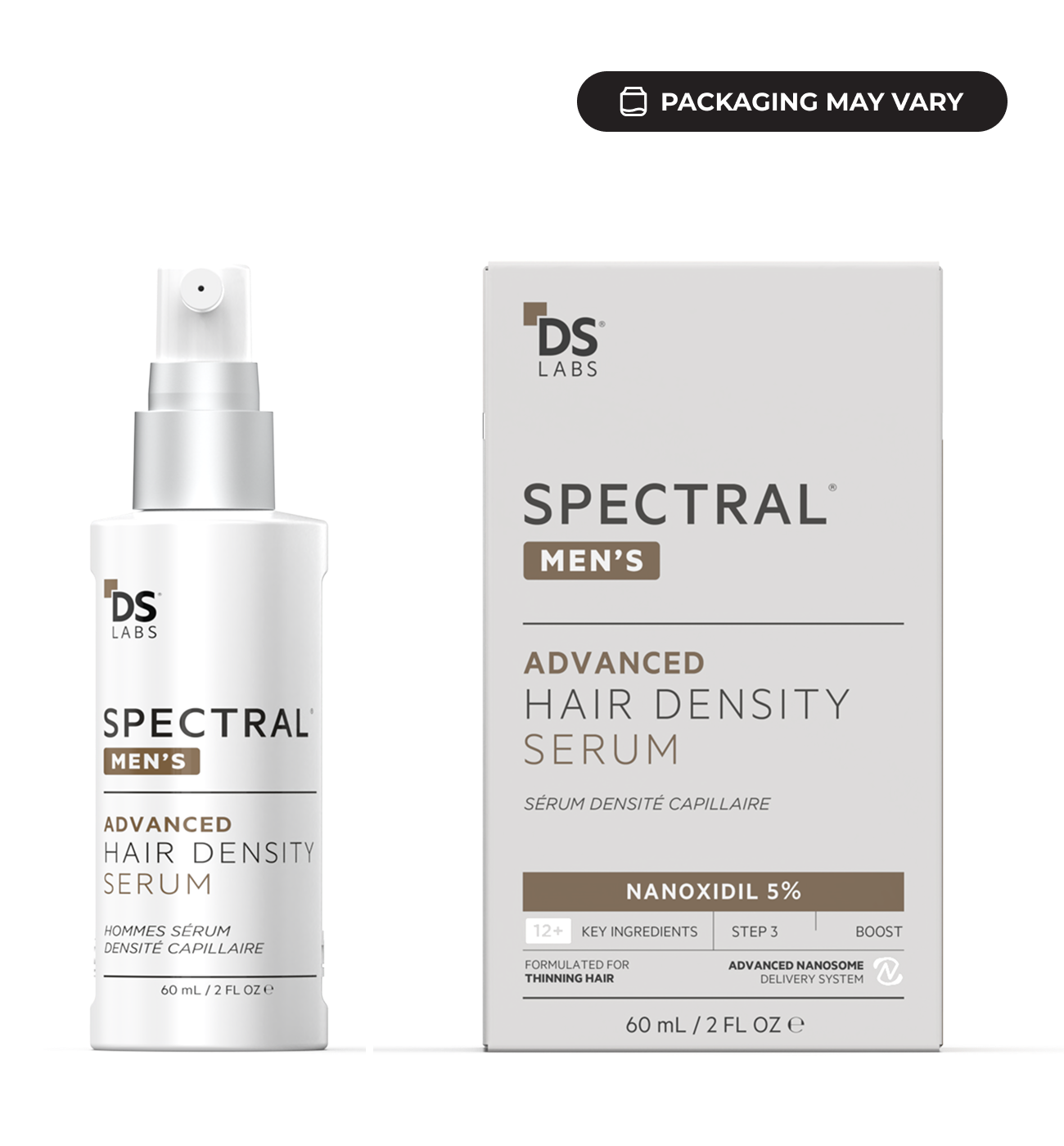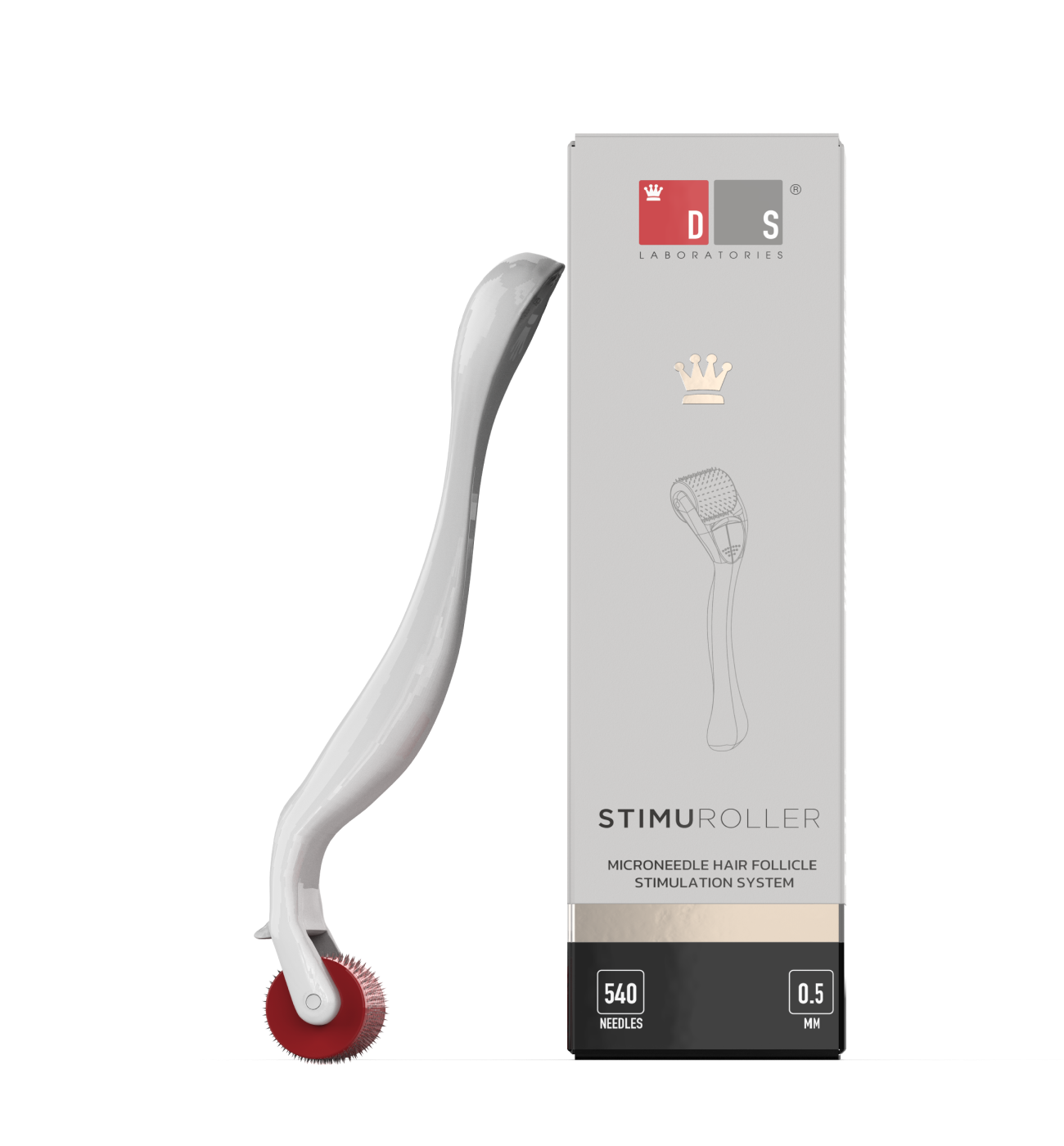Hair loss affects a whopping 80 million people in the U.S. If the stats are any indication, this condition is so common that it affects 2 in 3 men. In addition, a massive 40% of the U.S. population affected by hair loss happens to be women.
If you’ve observed some form of hair thinning, a visit to the doctor might confirm your worst fear — hair loss. They’ll likely prescribe minoxidil — an FDA-approved drug that also goes by the brand name Rogaine.
The medication can tackle hair loss caused by conditions like alopecia areata and male pattern baldness.
How Does Minoxidil Work?
The exact mechanism is still not known by people in the medical community. However, it is widely believed that minoxidil acts as a vasodilator and elongates the growth cycle of the hair to encourage hair growth.
As a vasodilator, it stimulates blood vessels to widen, which allows more blood flow to the target area. This also increases the supply of oxygen and nutrients to the potassium channels of the hair follicles, causing them to grow hair.
To top it off, minoxidil can increase hair follicle size, leading to the production of thicker hair. It can also delay the aging of hair follicles.
Minoxidil, when applied topically, can interact with scalp sulfotransferase. This converts it into minoxidil sulfate. It forces the dormant hair follicles into the anagen (growth) phase by shortening the telogen (resting) phase of the hair cycle.
It leads to increased hair length and density, giving you the hair of your dreams.
What Type of Minoxidil Should You Use?
Minoxidil is available in three different forms: solution, foam, and oral tablet.
Foam and solution are widely used to treat hair loss. Oral tablets - originally used as a medication for severe hypertension - also show great promise for stimulating hair growth. However, the FDA has not yet approved its usage.
It comes in two formulations: 2% and 5% — with one working better than the other.
Which formula will work best for your hair? Read on to find out.
Minoxidil 2 vs 5: What Should You Use
Minoxidil comes in 2% and 5% concentrations, with high-strength formulations containing a larger amount of minoxidil per milliliter of the solution.
This begs the question: Does the “strength” of the formulation matter when you’re trying to reverse the damage caused to your beloved hair?
We’ll refer to studies to figure that out.
In a 1994 study, researchers evaluated the efficacy of a 2% minoxidil solution for the treatment of female pattern hair loss, also known as female androgenetic alopecia. The study was conducted on 256 women, and a whopping 60% of them reported varying levels of increase in hair growth after using minoxidil.
It was found to be more effective at improving hair loss than a placebo.
In a 2002 clinical trial, the effectiveness of 5% topical minoxidil versus 2% minoxidil and placebo was tested on a total of 393 men with AGA over 48 weeks. It found that the group on 5% minoxidil had significantly better and faster results than those on the low-strength alternative.
This was especially true in terms of hair regrowth and coverage.
Another study conducted a decade later, examined the effect of a 5% minoxidil solution in the treatment of female pattern hair loss.
The 48-week study included 381 women and it found that the 5% minoxidil foam not only improved hair growth but also encouraged more hair growth across the scalp. It also found that hair density improved visibly, giving the appearance of fuller hair.
In a 2015 study, researchers tested the efficacy of 5% minoxidil for treating hair loss in the frontotemporal region. Patients who applied the topical formulations as recommended showed improvements in their hair density and diameter.
Per these studies, strength does play a role in improving hair growth. So, if you’re experiencing a severe form of hair loss, 5% minoxidil will be your best choice.
Keep in mind that research on high-strength minoxidil formulations is fairly limited. You must proceed with caution and only under the advice of a medical professional.
Before you head to the store to get your prescription filled —
Understand the Risks Involved With Using Minoxidil
Minoxidil works like magic in treating various forms of hair loss. However, as with any other medication, oral or topical, it comes with its fair share of side effects.
In addition to causing telogen effluvium, minoxidil can also lead to allergic contact dermatitis. It can cause itchiness, scaling, and irritation on the parts of the scalp where you apply the medication.
This is most common with 5% Minoxidil.
These effects usually last a few weeks after starting the medication and should resolve on their own.
Minoxidil is considered to be a category C drug, which means it poses a significant risk for the fetus. So, if you’re pregnant, it would be wise to avoid it.
Wrapping Up
Both forms of minoxidil are effective in encouraging hair growth.
You can use the low-strength (2%) formulation to treat minor hair loss problems and reserve the high-strength (5%) formulation for more severe types of hair loss.
As always, it’s a good idea to speak with your doctor to know what will work best for you.



